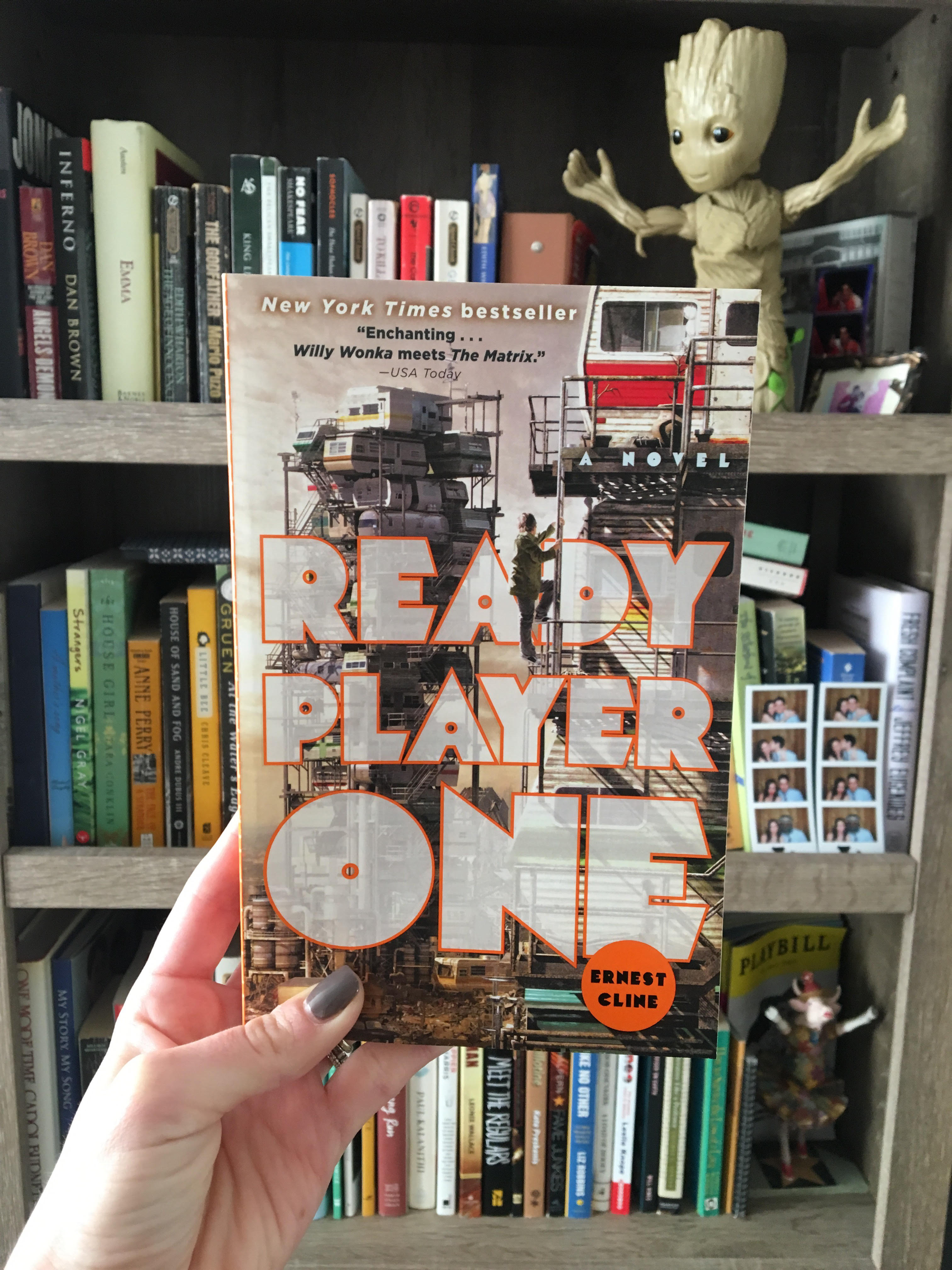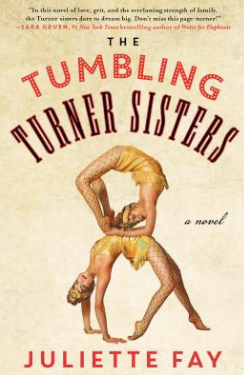
Recap: Charlie Reade is 17 years old and living in Illinois. He’s a teenager who has seen some serious trauma. His mom died when he was young, leading to his father’s long battle with alcoholism. But Charlie has figured out his life a bit. His dad is clean and sober, and Charlie is a star on the football team. Everything changes when one day, he happens to hear a man screaming near the creepy, old house in his neighborhood. It turns out Howard Bowditch has fallen and hurt himself. Charlie calls an ambulance to get Mr. Bowditch some help. As Mr. Bowditch heads to the hospital, Charlie takes on the responsibility of caring for Mr. Bowditch’s dog, Radar.
The first act of the becomes is a beautiful story of boy befriending dog followed by boy befriending dog’s crotchety, old owner. Charlie essentially gives up his entire life, quitting the football team and spending nights at Mr. Bowditch’s house to nurse him back to health and take care of Radar, who’s also nearing the end of his old dog life. But glimpses of fantasy start to creep in. Mr. Bowditch tasks Charlie with errands, like turning in hundreds of pellets of gold for cash to pay for his hospital bills. And the enormous creature in Mr. Bowditch’s shed that he kills one day.
When Mr. Bowditch eventually dies of a heart attack, Charlie listens to a tape from him that explains Mr. Bowditch is actually 120 years old and that his shed is a portal to another world, lying underground. He encourages Charlie to go there because it has a sundial that can turn back time and add years to your life, giving Charlie the opportunity to make Radar a young pup again.
Most of the rest of the novel takes place in the alternate world. A lot of time passes as Charlie learns more about Mr. Bowditch and commits to not only saving Radar but also saving the princess and all the “gray” people he meets. Charlie is on a mission to redeem himself for some of his young teen discretions, and in this fantasy coming-of-age novel, does exactly that.
Analysis: Stephen King takes this moment to write a story that doesn’t employ all of his usual storytelling factors. The story doesn’t take place in Maine. It’s not horror. And it has a pretty happy ending. (Actually, the epilogue is pretty awesome and satisfying.) Fairy Tale is a fun mix of genres, including a coming-of-age story with fantasy and fairy tales with a modern teen twist. It does become a little disjointed, however, due at least in part to its length and lead character, Charlie.
The book is 600 pages, which is fairly standard for King. The story is epic, so I can understand him wanting to keep the book long to parallel that epic-feeling, to beat into the reader that yes, this character is really going on a huge, life-changing journey. But somewhere halfway through the book, the first act with Mr. Bowditch starts to feel like it was an entirely separate story altogether. Although I personally loved the sweet story of Charlie and Mr. Bowditch, it’s really a precursor to the true story, which unfortunately doesn’t start until about 200 pages in. By that point, so much reality has been established that I found it hard to make the quick turn to pure fantasy. I found myself losing steam and speed reading just so I could get to the end with all the real feelings.
I also had a hard time understanding why Charlie would leave his father and entire world behind just for this dog that he’s known a few months. He keeps hinting at something “bad” he had done, and it’s clear that he’s on some sort of quest for salvation, but at the end, when the reader learns the bad thing he did, it didn’t really feel that bad. Therefore, his motivation for the entire journey doesn’t feel entirely unwarranted.
The writing is a little trite. While I enjoyed all the parallels and references to other already-existing fairy tales, I wish King wouldn’t have flat-out told us so many times. Part of the beauty of referencing other works is allowing the reader to find them and analyze them themselves. It’s less fun when the author is telling instead of showing.
But let’s be clear: it is a still a fun, fantastical story with a feel-good ending that made me smile. And I still liked it better than King’s Dolores Claiborne.
MVP: Charlie’s father. Though a pretty minor character, I loved the story of what he’s been through, what he overcame, and his reaction at the end of the book. He’s the hero for our story’s hero and sets an example for Charlie of the kind of man Charlie wants to and proves to be.




 It’s only been two years since John Green’s popular storytelling was made famous by the movie Paper Towns. The Fault In Our Stars came out in theaters the year before. But it’s been almost six (!!!) since his last novel was released. The wait for new John Green material is finally over.
It’s only been two years since John Green’s popular storytelling was made famous by the movie Paper Towns. The Fault In Our Stars came out in theaters the year before. But it’s been almost six (!!!) since his last novel was released. The wait for new John Green material is finally over. Recap: Winnie and Gert come from an already poor family, but they’re about to be poorer. Thanks to their father’s drunken mishap and hand injury, he can no longer work in the factory where he’s employed, and now they, their mother, their two other sisters and baby nephew must find a way to keep going and pay the rent. Their older sister, Nell is too busy caring for her baby and too depressed over the loss of her husband to help. Their younger sister is still in school. But their mother is all too resilient to let the family fall apart. It’s the early 1900s. The solution is easy. Become a travelling vaudeville act. And that’s exactly what the sisters do.
Recap: Winnie and Gert come from an already poor family, but they’re about to be poorer. Thanks to their father’s drunken mishap and hand injury, he can no longer work in the factory where he’s employed, and now they, their mother, their two other sisters and baby nephew must find a way to keep going and pay the rent. Their older sister, Nell is too busy caring for her baby and too depressed over the loss of her husband to help. Their younger sister is still in school. But their mother is all too resilient to let the family fall apart. It’s the early 1900s. The solution is easy. Become a travelling vaudeville act. And that’s exactly what the sisters do. Margo Roth Spiegelman is Quentin’s miracle. Margo and Quentin grew up next door to each other in Orlando, and though they were close as kids but grew apart during their teen years, Q never stopped pining after her. He had altogether given up on the prospect of them ever being close again. That is, until she sneaks into his room one night and wakes him up to accompany her on an adventure around the city.
Margo Roth Spiegelman is Quentin’s miracle. Margo and Quentin grew up next door to each other in Orlando, and though they were close as kids but grew apart during their teen years, Q never stopped pining after her. He had altogether given up on the prospect of them ever being close again. That is, until she sneaks into his room one night and wakes him up to accompany her on an adventure around the city. Recap: JJ Green comes from a family of lawyers, and she’s expected to become one as well. But as a 16-year-old growing up in New York City in the 1960s, she doesn’t want to be a lawyer; she wants to be a songwriter. She lucks out when she nails an interview and lands herself an internship at one of the biggest music publishing offices in the city. That’s when she makes a deal with her parents: if she writes and sells a song to be published by the end of her summer internship, her parents will have to let her continue on the songwriting path.
Recap: JJ Green comes from a family of lawyers, and she’s expected to become one as well. But as a 16-year-old growing up in New York City in the 1960s, she doesn’t want to be a lawyer; she wants to be a songwriter. She lucks out when she nails an interview and lands herself an internship at one of the biggest music publishing offices in the city. That’s when she makes a deal with her parents: if she writes and sells a song to be published by the end of her summer internship, her parents will have to let her continue on the songwriting path. Recap: When three friends graduate from Harvard, they feel like the world is their oyster. Sort of. In reality, they’re clueless about where they want to go and what they want to do. Lennie comes from a wealthy family and can virtually do whatever he wants. Paul is quite the opposite. Louisa is the beautiful brainiac with all the potential and no particular goals. A few weeks after they leave school, Lennie is on a mission; he wants an adventure. So he enlists Paul and Louisa — whether they like it or not — and sets out on a cross-country road trip.
Recap: When three friends graduate from Harvard, they feel like the world is their oyster. Sort of. In reality, they’re clueless about where they want to go and what they want to do. Lennie comes from a wealthy family and can virtually do whatever he wants. Paul is quite the opposite. Louisa is the beautiful brainiac with all the potential and no particular goals. A few weeks after they leave school, Lennie is on a mission; he wants an adventure. So he enlists Paul and Louisa — whether they like it or not — and sets out on a cross-country road trip. Recap: In a world filled with young adult fiction novels full of post-apocolyptic stories, author Karen Thompson Walker tells the story not of what happens after the world ends, but what happens as it’s ending. The Age of Miracles is told through the eyes of a middle school aged girl, Julia, who lives in California with her parents when one day, the world begins to slow down.
Recap: In a world filled with young adult fiction novels full of post-apocolyptic stories, author Karen Thompson Walker tells the story not of what happens after the world ends, but what happens as it’s ending. The Age of Miracles is told through the eyes of a middle school aged girl, Julia, who lives in California with her parents when one day, the world begins to slow down.